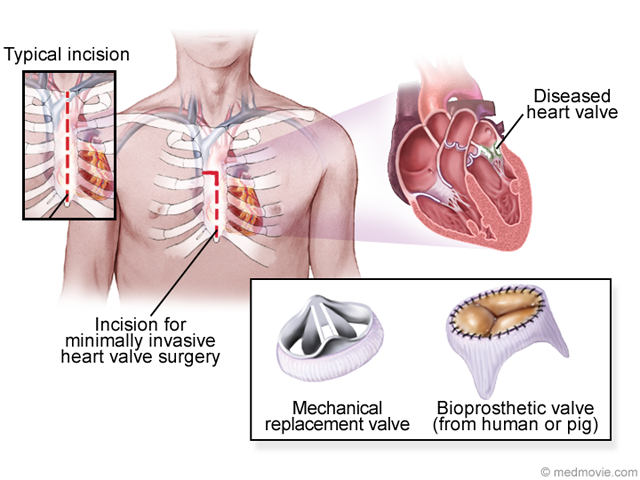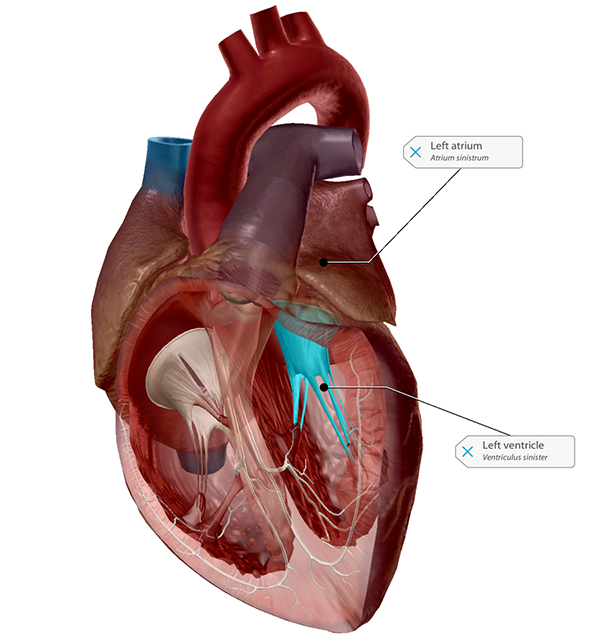They are located between the atria and corresponding ventricle. The tricuspid valve and mitral bicuspid valve.
Blood passes through a valve before leaving each chamber of the heart.
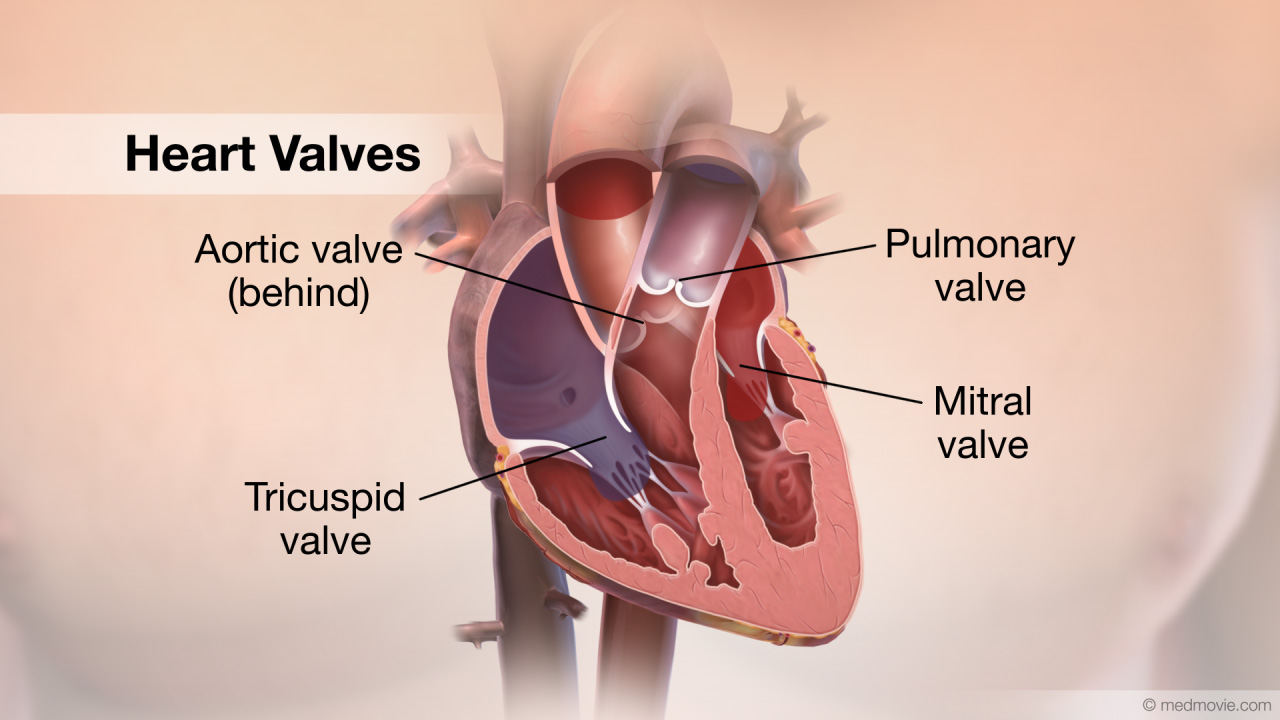
Purpose of valves in heart. There are four valves of the heart which are divided into two categories. Trivial or mild leakiness is common and generally of no significance. The valves prevent the backward flow of blood.
The valves prevent the backward flow of blood. The heart valves which keep blood flowing in the right direction are gates at the chamber openings. Although the papillary muscles contract they do not.
Vein valves work hard against gravity to bring the blood that flowed down via arteries back up to your heart. Just like an engine makes a car go the heart keeps your body running. These valves are what ensure blood flows toward your heart.
Heart Chambers and Valves The hearts job is to pump blood throughout the entire body so every cell can thrive. These valves are actual flaps that are located on each end of the two ventricles lower chambers of the heart. To understand your valve condition or the problems you or your loved one may be facing it helps to understand the basics of heart valves and circulation.
They open when a forward pressure pushes against them and close when a backward pressure pushes against them. As the heart muscle contracts it propels the blood out into the vascular system. The 4 heart valves.
For example leakiness of the mitral valve is called mitral regurgitation commonly solved with procedures like the MitraClip. They are composed of connective tissue and endocardium the inner layer of the heart. Valves in the heart open and close passively not through muscle contraction.
The valves of the heart are structures which ensure blood flows in only one direction. The hearts chambers and valves are arranged to direct the flow of the blood as the heart beats. Roles of Your Four Heart Valves.
Hearts Chambers and Valves. Moderate leakiness does not usually cause a problem but does need. The heart consists of four chambers two atria upper chambers and two ventricles lower chambers.
The heart has 4 chambers 2 upper chambers atria and 2 lower chambers ventricles. Normal valves have 3 flaps leaflets except the mitral valve. These valves are actual flaps that are located on each end of the two ventricles lower chambers of the heartThey act as one-way inlets of blood on one side of a ventricle and one-way outlets of blood on the other side of a ventricle.
The valves close off parts of the heart preventing the blood from flowing backward. What are heart valves. The heart has four valves that open as one-way gates to allow blood to flow forward through the heart chambers and on to the bo.
To better understand your valve condition and what your health care provider will discuss it helps to know the role each heart valve plays in healthy blood circulation. The aortic valve and pulmonic valve are located between the ventricles and the major blood vessels leaving the heart. Leakiness of heart valves is known as regurgitation.
A normal heart has two upper and two lower chambers. The upper chambers the right and left atria receive incoming blood. The lower chambers the more muscular right and left ventricles pump blood out of your heart.
The degree of leakiness is usually graded as trivial mild moderate or severe. The heart is a muscular organ roughly the size of your fist. The process begins when oxygen-depleted blood from the arms legs.
Your heart is a strong muscle about the size of the palm of your hand. Every part of the circulatory system must work together to deliver blood oxygen and nutrients to all tissues. How do heart valves function.
The heart consists of four valves to control the flow of blood. They act as one-way inlets of. What are heart valves.
What are heart valves. When your vein valves are open and healthy they are able to do their job properly as the blood is easily able to flow up. It only has 2 flaps.
The valves prevent the backward flow of blood. Valves are actually flaps leaflets that act as one-way inlets for blood coming into a ventricle and one-way outlets for blood leaving a ventricle. The valves are attached to muscles called papillary muscles which are attached to the wall of the ventricle and contract when the heart muscle contracts.
ATRIO-VENTRICULAR Tricuspid and Mitral Bicuspid SEMI-LUNAR Aortic and Pulmonary. When the cells are nourished properly the body can function normally. Your body depends on the hearts pumping action to deliver oxygen- and nutrient-rich blood to the bodys cells.
The mitral valve and tricuspid valve are located between the atria upper heart chambers and the ventricles lower heart chambers. There is a valve through which blood passes before leaving each chamber of the heart. The right side of the heart.
Correct answer to the question What is the purpose of valves in the heart in the pulmonary artery and the aorta. The valves keep blood moving through the heart in the right direction. Each valve has the same basic structure although each one is unique down to fine detail.
The heart has two pumps separated by an inner wall called the septum.

What Happens If The Valves Of The Heart Do Not Function Properly
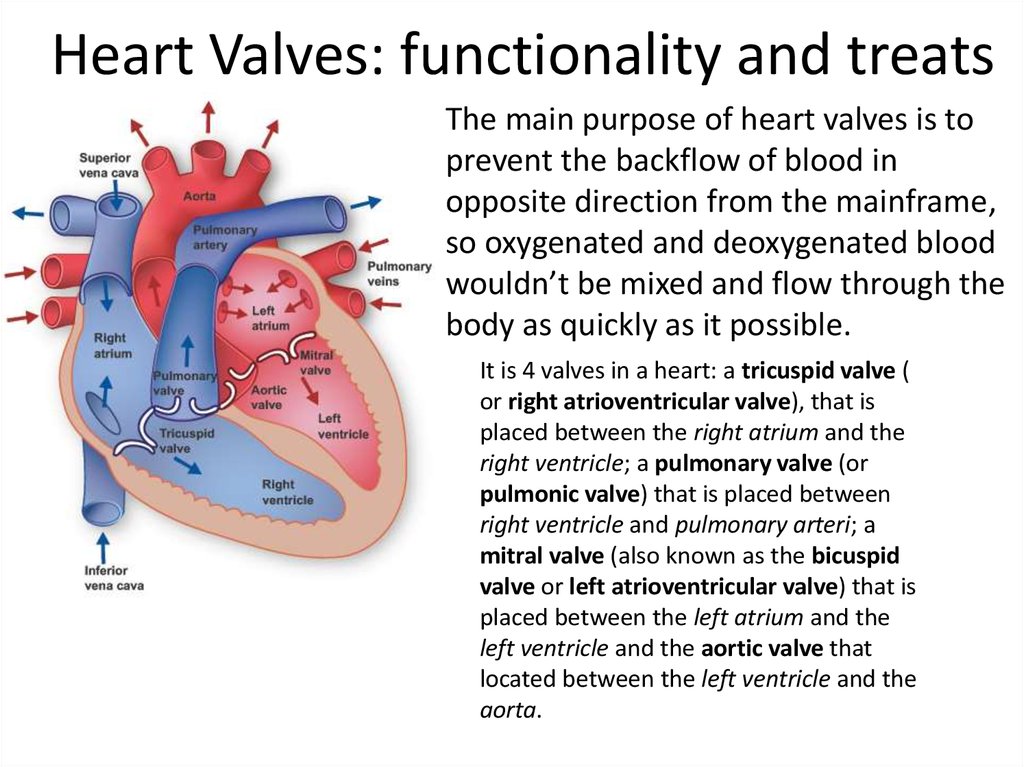
Heart Valves Functionality And Treats Online Presentation

Geometry And Function Of Human Arterial And Venous Valves A Download Scientific Diagram

17 2b Operation Of Atrioventricular Valves Medicine Libretexts

Patient Information Edwards Lifesciences Switzerland

Aortic Valve Replacement Surgery Purpose Procedure And Risks Aortic Valve Replacement Heart Valves Artificial Heart Valve
Mitral Valve Balloon Mitral Valvotomy

Heart Valve Disease Frankel Cardiovascular Center Michigan Medicine

Frequently Asked Questions About Heart Valve Repair Or Replacement Children S Health Orange County
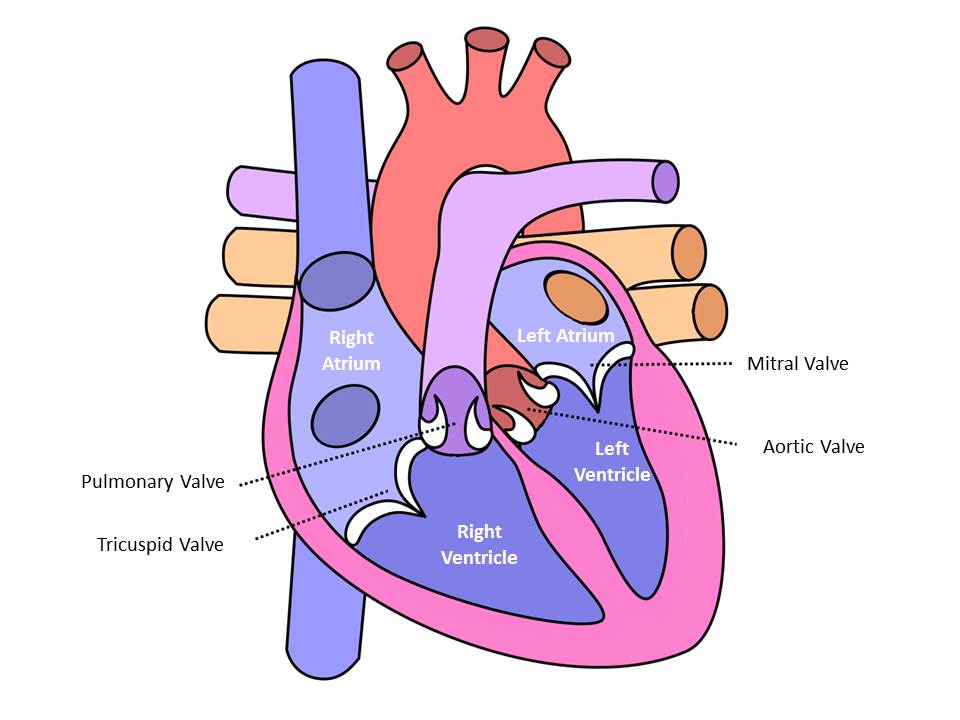
Heart Valve Surgery Fraser Health Authority
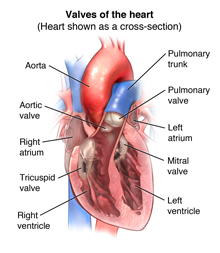
Anatomy And Function Of The Heart Valves
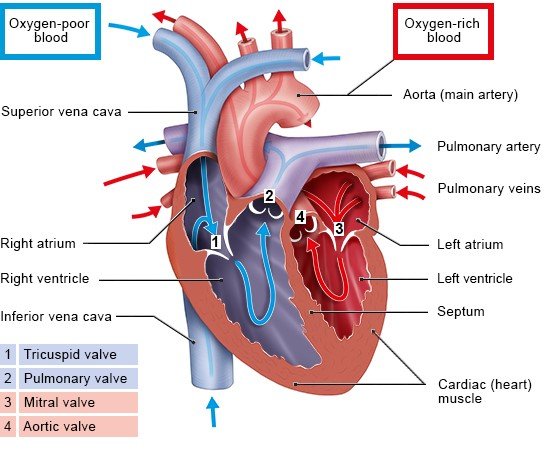
Heart Valve Diseases Informedhealth Org

What Are Heart Valves And Heart Valve Disease Youtube

What Is The Semilunar Valve What Functions Does It Have Quora

Function Of The Atrioventricular And Semilunar Valves Heart Anatomy Tricuspid Valve Valve
